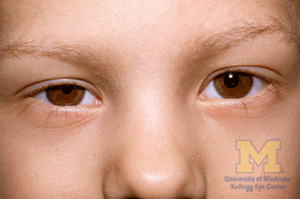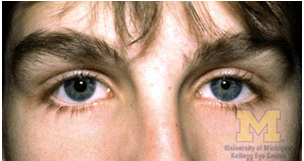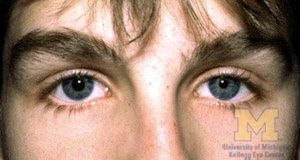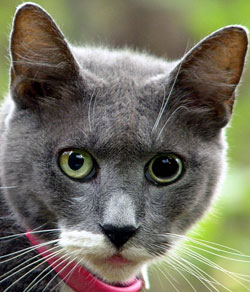 1
1
Question:
A patient presents with 1 mm of anisocoria with the left pupil being larger. Your examination of the pupils reveals: 1. each pupil reacted briskly to light, 2. the swinging flashlight test was normal, 3. the anisocoria was greater in a very dim room, and 4. at 15 seconds after dimming the room lights the right eye has not completed its dilation.
Which of the following possibilities should be considered?
- Adie’s pupil
- Horner’s syndrome
- Chemical blockade
- Iris sphincter damage
 1
1 4
4
 4
4